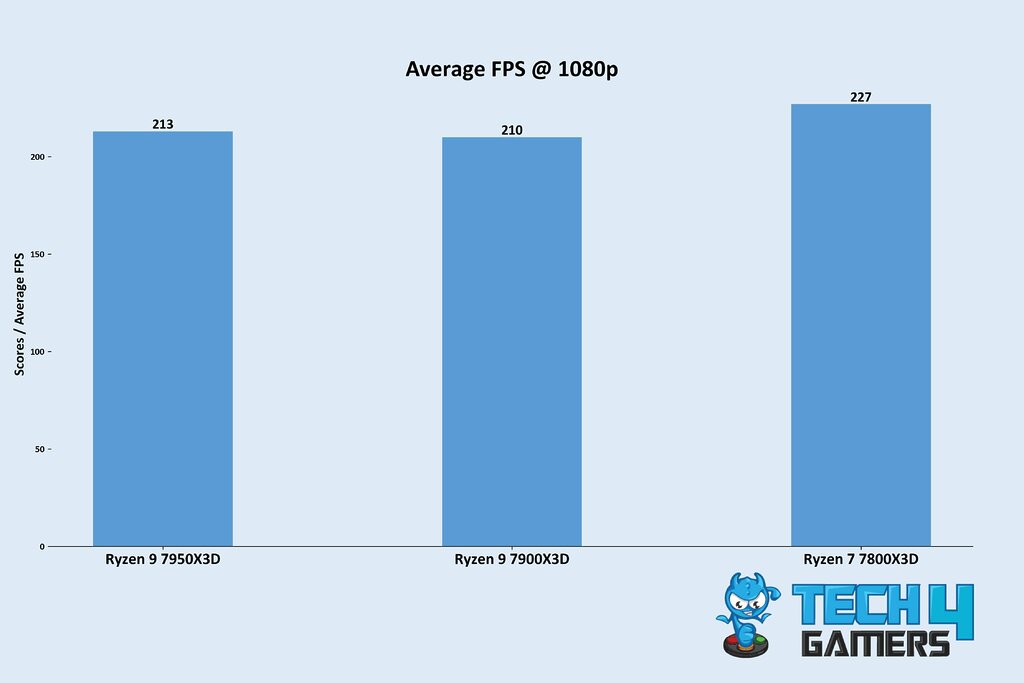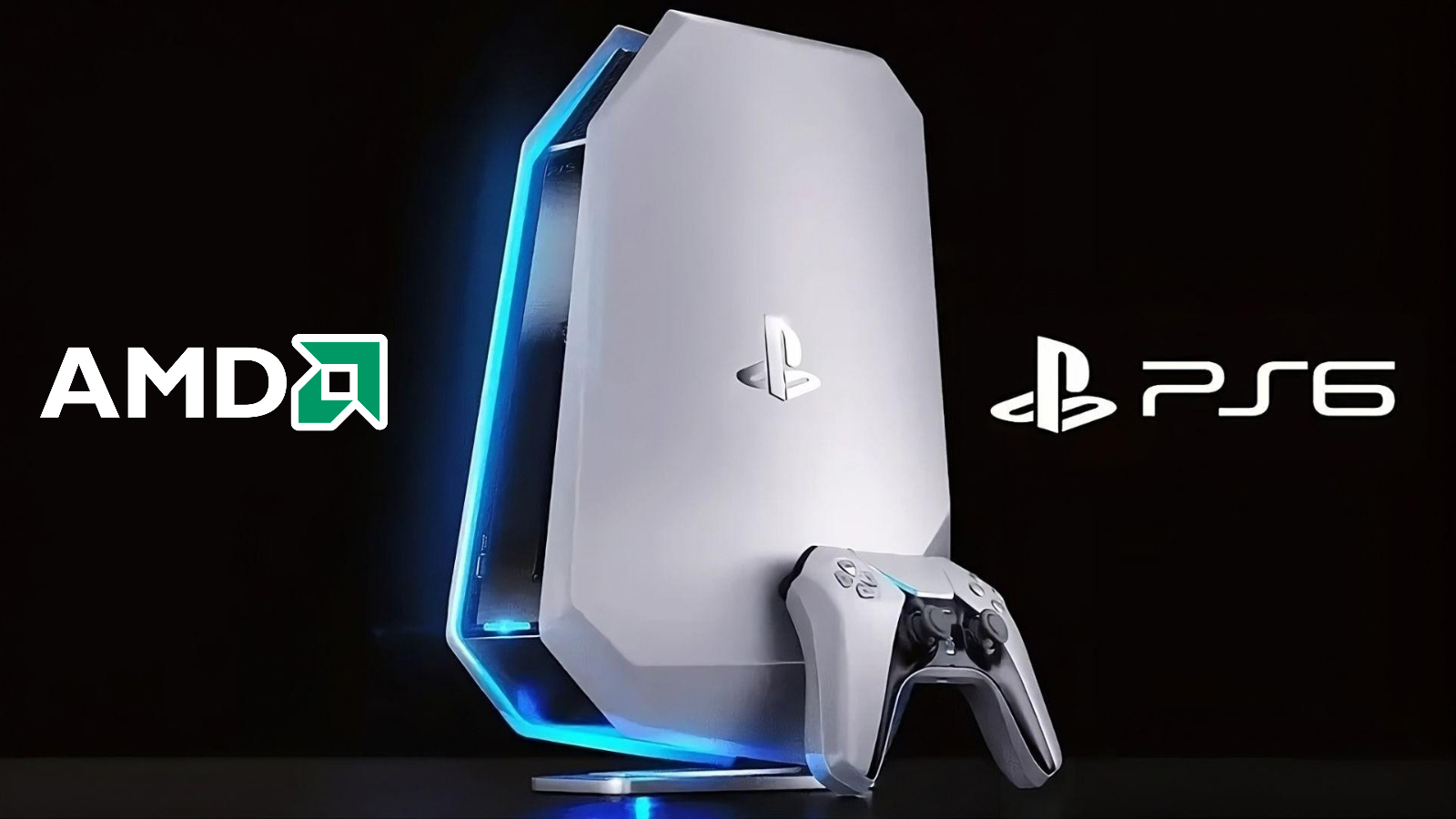- L3 cache is the slowest of the three but helps in providing the best gaming performance, which is why AMD created the 3D V-Cache technology.
- Sharing a 128MB L3 cache in each CCX can help the 7900X3D gain a massive performance boost in gaming and productivity tasks.
- There are many complications to such a CPU, like pricing, technological constraints, and motherboard compatibility issues.
For a moment, picture this: a consumer-grade CPU with an outrageous amount of L3 cache waiting to be installed on your motherboard. Unlike its predecessor, this one doesn’t leave out any cores without the 3D V-Cache. Yes, I’m talking about none other than a mega-cached 7900X3D CPU by AMD using its 3D V-Cache technology. The question of whether it’s possible should arrive later. For starters, let me explain how such a CPU can rule all workloads:
Introduction Of 3D V-Cache
AMD introduced its 3D V-Cache technology with Ryzen’s 5000 X3D series processors. The latest in line has been the Ryzen 7 5700X3D, which, surprisingly, during my testing, had lower temperatures than I expected. In any case, 3D V-Cache technology stacks an L3 cache die on top of the processor, which has the potential to double or even triple the CPU’s existing L3 cache.
I’m betting on this technology with AMD to create a 256MB mega-cached 7900X3D CPU that’ll blow the current market’s proportions. If you want to learn more about 3D V-Cache, Robert Hallock from AMD’s technical marketing team explains the technology in layman’s terms.
Mega-Cached Ryzen 9 7900X3D Transforming Workloads
There is no doubt that the 3D V-Cache technology has really taken AMD to the skies, especially with the 7800X3D, but here’s why I think a mega-cache 7900X3D can be the final nail in Intel’s coffin.
Unparalleled Performance

As you can see in our tests, the current 7900X3D CPU performs slower than the 7800X3D because of a key architectural difference between the two processors. While the 7900X3D has 12 cores, only 6 get the high-performance 3D V-Cache, while the others are regular cores. On the other hand, all 8 cores of the 7800X3D are influenced by the 3D V-Cache, improving the CPU’s gaming performance.
Seeing as the current Ryzen 9 7900X3D with 128MB L3 cache provides ~195 FPS when compared against the i7-14700K CPU at 1080p, I’m going to speculate a 15-20% performance uplift with double the L3 cache. That’s easily enough to surpass Intel’s i9-14900K in gaming performance.
More Than Just Gaming
Countless beginner professionals don’t have the budget to buy expensive AMD CPUs like myself. One such CPU is the Threadripper 7980X, which features a 256MB L3 cache. So, a consumer-oriented CPU like the Ryzen 9 7900X3D with 256MB L3 cache would be a godsend for many of us.
A higher L3 cache for data scientists means more data can be saved closer to the CPU and retrieved faster, reducing wait times. Meanwhile, for creative people using the Adobe Suite, multitasking becomes more efficient without reducing software performance.
For now, all AMD processors that use 3D V-Cache suffer in productivity tasks due to a slower IPC. However, with a 256MB L3 cache 7900X3D that shares 128MB in each Core Complex Die (CCX), all PC lags can be eliminated, especially when I’m using Photoshop, Lightroom, and Illustrator simultaneously during my photo editing process.
So Why Hasn’t AMD Already Made This Beast?
While a 256MB L3 cache CPU sounds like a dream come true, it also has several challenges that must be addressed. Let me pinpoint a few:
- Pricing: The current Ryzen 9 7900X3D has an MSRP of $600 making it one of the most expensive CPUs on the market. A 256MB L3 cache variant would cost exponentially more.
- Technological Constraints: While AMD has achieved a 256MB L3 cache with the latest Threadripper 7000 series workstation CPUs, 128MB is the standard in the consumer market. Doubling that will prove to be a daunting task unless AMD can go above and beyond with its R&D.
- Motherboard Compatibility: Greater 3D V-Cache on a Ryzen CPU will require a different socket, which brings motherboard compatibility to a major challenge for AMD.
Moving Forward
To conclude, while a mega-cached Ryzen 9 7900X3D can rule all workloads, it’s important to note that L3 cache isn’t the only factor that affects gaming and productivity performance. Only focusing on one part will lead to disastrous prices without a substantial performance gain.
Therefore, as of now, I doubt AMD will bring a 256MB L3 cache CPU into the mainstream market, but the possibility isn’t zero, and the complications that will arise cannot be surmounted, either.
Thank you! Please share your positive feedback. 🔋
How could we improve this post? Please Help us. 😔
[Editor-in-Chief]
Sajjad Hussain is the Founder and Editor-in-Chief of Tech4Gamers.com. Apart from the Tech and Gaming scene, Sajjad is a Seasonal banker who has delivered multi-million dollar projects as an IT Project Manager and works as a freelancer to provide professional services to corporate giants and emerging startups in the IT space.
Majored in Computer Science
13+ years of Experience as a PC Hardware Reviewer.
8+ years of Experience as an IT Project Manager in the Corporate Sector.
Certified in Google IT Support Specialization.
Admin of PPG, the largest local Community of gamers with 130k+ members.
Sajjad is a passionate and knowledgeable individual with many skills and experience in the tech industry and the gaming community. He is committed to providing honest, in-depth product reviews and analysis and building and maintaining a strong gaming community.


 Threads
Threads

